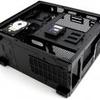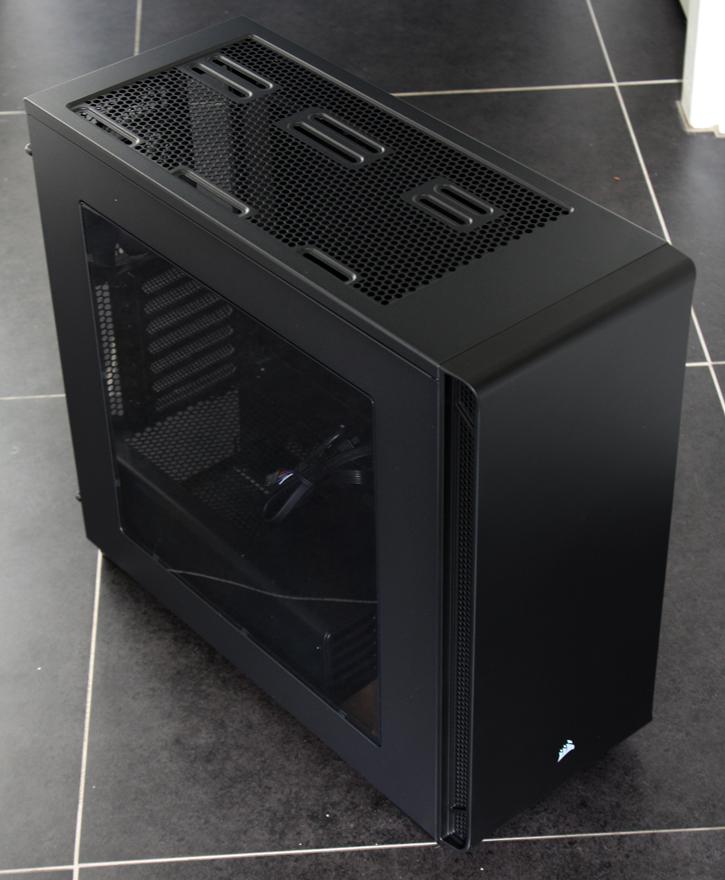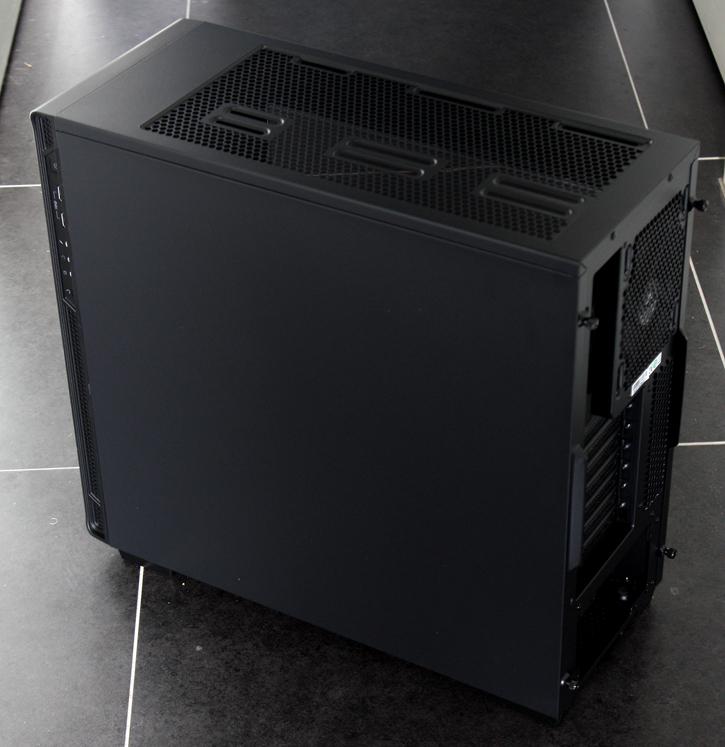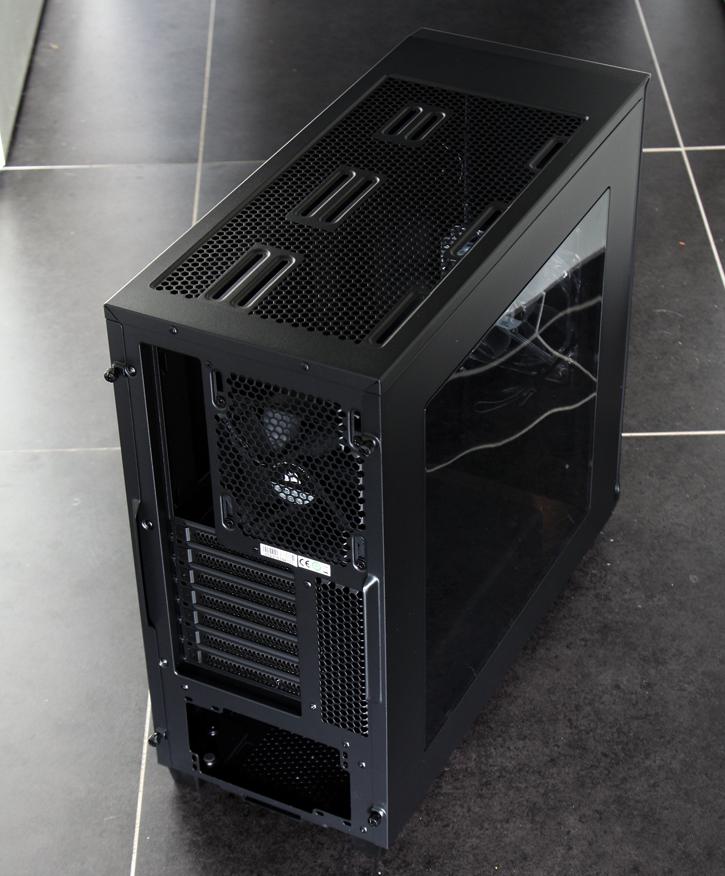Product Gallery
Despite what the photos might make you think, the chassis is not that big, it measures 290mm 460mm x 210mm x 509mm. Obviously we are testing the windowed Mid-tower ATX case. So, the left and right side panels do not have extra little doors/compartments like you have seen on other Corsair chassis, there just isn't any space. What's good though is that you'll see meshes everywhere. Being on such a form factor you need to exhaust heat as fast as you can. The top and side panels also do not have handles to open them up, this is done the old fashioned way with thumb screws. The left side panel has an acrylic see-through panel directly exposing the motherboard.
Lots of ventilation, if you look at the extended bezel then at the left and right side you'll notice a massive mesh that functions as your air intake. And yeah, that top side speaks for itself really. The 270R AIR can house up-to and including ATX motherboards, you'll need to be on the lookout for ATX, Micro or Mini ITX. Micro ATX however is becoming a very popular format, and support even the most high-end processors and graphics cards. We'll install a Micro ATX motherboard today.
Let's zoom in and have a look at the back side. At the top you can see a mesh / 120 mm fan mount. Then in the middle, space for the motherboard rear IO plate with, to the bottom, seven PCI card slots. At the bottom side you can mount a full size ATX power supply. A great detail I think. It is ideal that you get to house a proper size PSU, as it is just so much cheaper to purchase and replace. As you'll notice later on, the PSU will be hidden.




